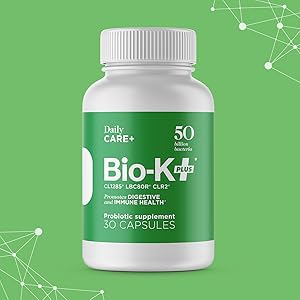CHARACTERISTICS :
Macro-element:
The Na attracts water (hydroscopic) and this causes the cell to swell, so to combat this there is the Na / K pump.
NB: Taurine (fish, seafood) is an osmotic regulator and anti-water retention effect, otherwise the fish would explode because of the salt water.
RDA maximum recommended daily sodium intake = 2.5 g for the general population, which corresponds to the threshold of 6 g of salt recommended by the World Health Organization (WHO).
 It is 1.5 g (approximately 4 g of salt) for people at risk: hypertension, other cardiovascular risk factors, cardiovascular disease, heart failure, edema, nephropathy, renal failure, gastric inflammation – salt being a co -carcinogenic of stomach cancer and also at risk of breast cancer or obviously already affected by these cancers
It is 1.5 g (approximately 4 g of salt) for people at risk: hypertension, other cardiovascular risk factors, cardiovascular disease, heart failure, edema, nephropathy, renal failure, gastric inflammation – salt being a co -carcinogenic of stomach cancer and also at risk of breast cancer or obviously already affected by these cancers
In France for 40% of men and 20% of women, salt consumption is greater than 10 g / d. Consumers above 12 g / d represent about 23% of men and 10% of women.
We live as with sugar where the room temperature is on a “thermostat”. We consider low salt what is below its usual salt intake. it is therefore a question of gradually reducing the salt intake, ideally replacing them with turmeric, ginger, garlic, onion, herbs, etc. which are also anti-inflammatory
ROLES:
Too much Na has a hypertensive (-) effect. In all types of hypertension, it is in the interest of having a good Na / K ratio even if the hypertension is not sensitive to salt because this affects the fundamental mechanism.In addition, the excess of salt increases, mainly via its hypertensive effect the risks of cerebral vascular accident. It is considered to be its main nutritional risk factor.
Ca, Mg, K and Na are involved in ionic transport and their balance and transport capacity are important in neuronal functioning (whether neurons are activated or not). In addition, sodium chloride is a co-carcinogen of stomach cancer.
The recent discovery that the presence of sodium is essential for the absorption of glucose has extremely important consequences, starting with the prevention and treatment of overweight and diabetes.
Even more recently, we have just discovered that sodium stimulates lymphocytes involved in inflammation.
SOURCES:
The foods highest in sodium are:
cold cuts (especially industrial meats), cheeses, preserves, pastries, cookies, candies, soft drinks, effervescent drugs, baking soda, sauces and broths. More than 80% of salt comes from food and the rest of the added salt (in the kitchen or on the table). The government has removed salt shakers from school canteen tables and asked bakers to gradually reduce the salt content in bread. Some manufacturers are following suit. Salt (sodium chloride) is used by the food industry, along with sugar, fat, Maillard molecules and additives, as an addictive substance to encourage consumption.
Author Jean-Paul Curtay








































